American literature on the Vietnam War. The Vietnam War affected the entire American nation, and the volume of American writing on this subject is enormous.
American literature on the Vietnam War: until the war ended in 1975, I only read a few American literary books on this topic: Letters from Vietnam (1967); A Poetry Reading Against the Vietnam War (1966); the two novels I remember most are Sand in the Wind (1973) by Robert Roth (born 1948) - a former US Marine - a work of nearly 500 pages, describing 13 months in Central Vietnam of a platoon of American soldiers, the romantic love of an American lieutenant in Da Nang and Hue, a war of unclear meaning, heroes and victims, cruel soldiers, brave Viet Cong...
The Vietnam War marked an entire generation of Americans. Ending his book Dispatches (1977) with a bit of romance, Michael Herr (1940-2016) spoke for his generation: “That Vietnam, we were all there.” In 1990, 15 years after the war, the first reunion between Vietnamese and American writers and veterans took place in the enthusiastic atmosphere of those who had been on both sides of the war. I received a free book and talked with a series of writers and poets such as WD Ehrhart, Yusef Komunyakaa, Larry Heinerman, Larry Lee, Larry Rottman…
The Vietnam War also affected the American people, the volume of American writing on this subject - research, reality and fiction - is very large. People who had been in Vietnam told about their life experiences, finding a novel form to explain Vietnam. The first work of this type was One Very Hot Day (1968) by journalist David Halberstam (1934-2007) about the fear and heat that enveloped a group of American soldiers in ambush... Larry Heinerman (1944-2014) wrote a work with the heat of the battlefield as early as 1974, he won the National Book Award with Paco's Story (1987) about a sole survivor of a company of American soldiers, wandering like a soulless shadow. Born on the Fourth of July (1976) by Ronald Lawrence Kovic (born 1946) depicts the tragedy of a soldier.
The work A Rumor of War (1977) by Philip Caputo (born 1941) – a Marine lieutenant, landed in Da Nang in 1965, later became a war correspondent. The work analyzes the penetration of cruelty into the human heart, reminding us of the story Heart of Darkness (1899) by the Polish-born British writer Joseph Conrad (1857-1924).
Jerry Gustav Hasford’s (1947-1993) The Short-Times (1978) is a work that uses a biting sense of humor with the argument of some Pentagon officers: “To save that village, we have to burn it down.” Soldier Leonard Pratt waits for the weapons ceremony to kill his drill sergeant and then commits suicide. The final story is about a unit patrol in Khe Sanh; there are soldiers stationed at the base counting the days until they can go home. There are soldiers who make painful jokes like: “Hey, I don’t blame the dead. My best friends were among them,” or soldiers new to Vietnam: “Man, I don’t think you’re going to like this movie.”
Going after Cacciato (1978) is considered the best novel about the Vietnam War, the book won the National Book Award in the United States in 1979. The author Tim O'Brien (born 1946) was a soldier drafted into the army. Vietnam for him was a planet as strange as the moon; he only wanted to live to return home. The work describes the escape of Cacciato, a soldier who understood nothing about the war, and was wanted all over the world by a squad led by Corporal Paul Berlin. The writing style was influenced by Hemingway's unexplained style of writing impressions, almost surreal or "magical realism".
Dispatches (1977), a novel by Michael Herr, originates from the perception of the Vietnam War in a magical, real, yet dreamlike way. Many tragic or cruelly humorous scenes appear through the telegrams. The image of an American soldier ordered to carry an M16 to kill Viet Cong is wounded, when he returns with his mouth wide open, eyes rolled back, almost crazy. A young American soldier's body has pinned to his shirt a reply letter from the hospital: "The X-ray film has been developed. Based on the film, the hospital will soon diagnose the disease."
Vietnam was an early influence on the theater scene, especially with the trilogy of plays by David William Rabe (born 1940). The first, Sticks and Bones (1969), tells the story of a young man who returns from Vietnam blind, isolated from his family, and commits suicide. The second, The Basic Training of Pavlo Hummel (1971), opens in a Saigon bar: drunken soldiers swear and brag about their lives; when Pavlo begins to tell his story, a Viet Cong grenade explodes and he is wounded and has to be escorted away by a black comrade. The third, Streamers (1976), depicts three soldiers, two white and one black, sharing a room in a camp, waiting to go to Vietnam. They compete to tell horrific stories of the fighting that awaits them in the green jungles of Vietnam.
In addition to the novels mentioned above, here are some other works: The Armies of the Night (1968) by Norman Mailer (1923-2007); Fire in the Lake (1972) by journalist Frances Fitzgerald (born 1950); Viet Journal (1974) by James Jones; Indian Country (1987) by Philip Caputo ... These are not the last works about the Vietnam War because American history is divided into two periods: one period before and one period after the Vietnam War.
Source







![[Photo] Binh Trieu 1 Bridge has been completed, raised by 1.1m, and will open to traffic at the end of November.](https://vphoto.vietnam.vn/thumb/1200x675/vietnam/resource/IMAGE/2025/10/2/a6549e2a3b5848a1ba76a1ded6141fae)
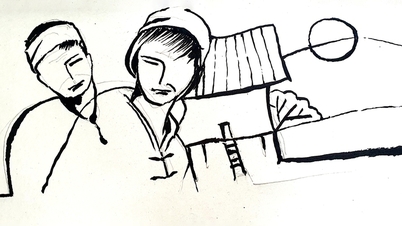










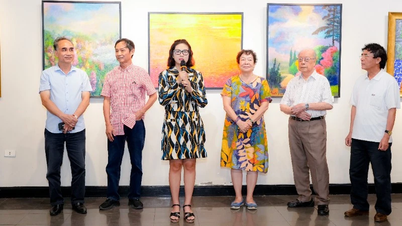

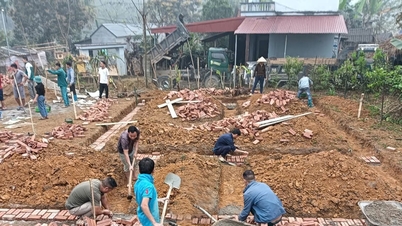



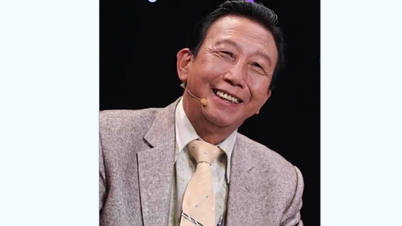
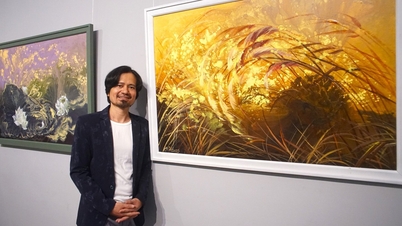





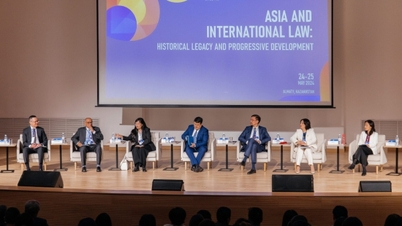
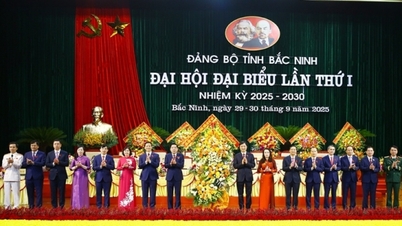
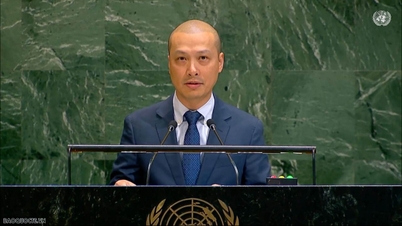


































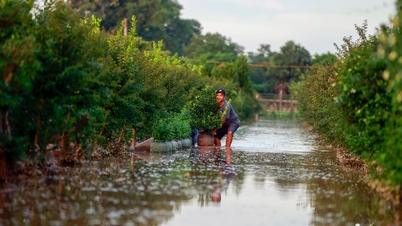
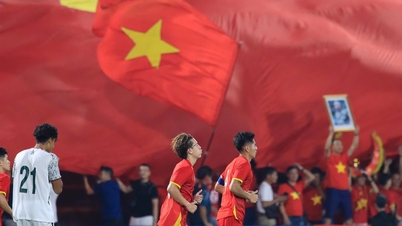
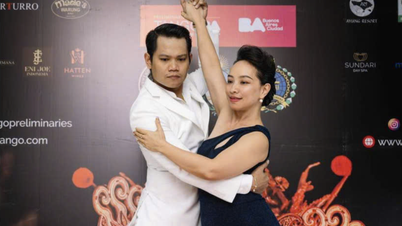



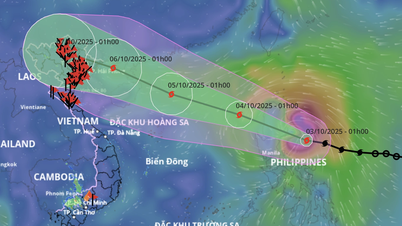

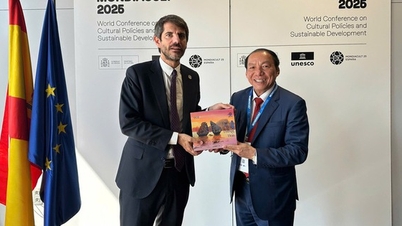
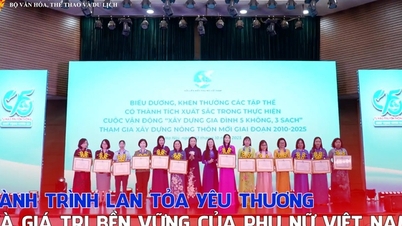






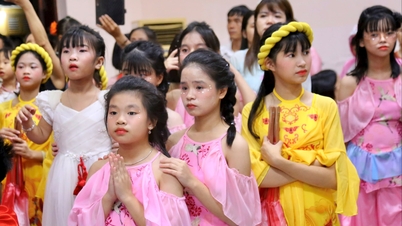


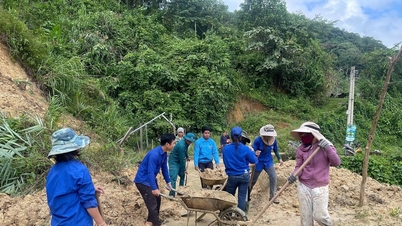
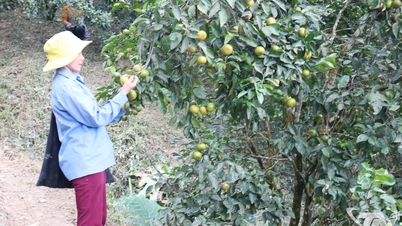














Comment (0)